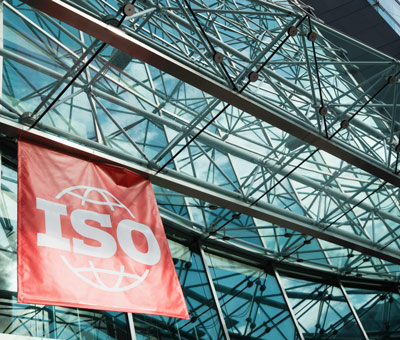The ISO 55000 manual
A new manual that fits into the ISO 55000 family of standards helps organizations large and small maximize their value.
The Handbook ISO 55000: Asset management - What to do and why? (available in English and French) gives business organizations many practical examples to further develop their own asset management systems. According to John Woodhouse, the author of the book, an asset can represent any value or potential value: A large or physical asset such as an infrastructure with drilling rigs, to more intangible things such as company reputation and employee know-how. The new handbook addresses all aspects of value.
asset management
Asset Management combines a clearer understanding of the strategic business objectives (when, why does something need to be done on a day-to-day level?). Furthermore, it needs a "holistic lifecycle" approach to get the best possible value for an investment. At the same time, risks need to be identified and managed in a big picture way. An important role is given to a standard to identify goals, but also risks and values within an organization.
John Woodhouse: "There is often a difference between those who need assets to do something (e.g., provide a service, manufacture a product) and those who care about achieving the assets. Similarly, conflicts arise between those who design or acquire assets and those who merely execute and maintain them (e.g., operators or maintainers). ISO 55000 is there to get everyone on the same page."
"ISO 55000: Asset management - What to do and why?" will be available from the official ISO Store in April 2016.










